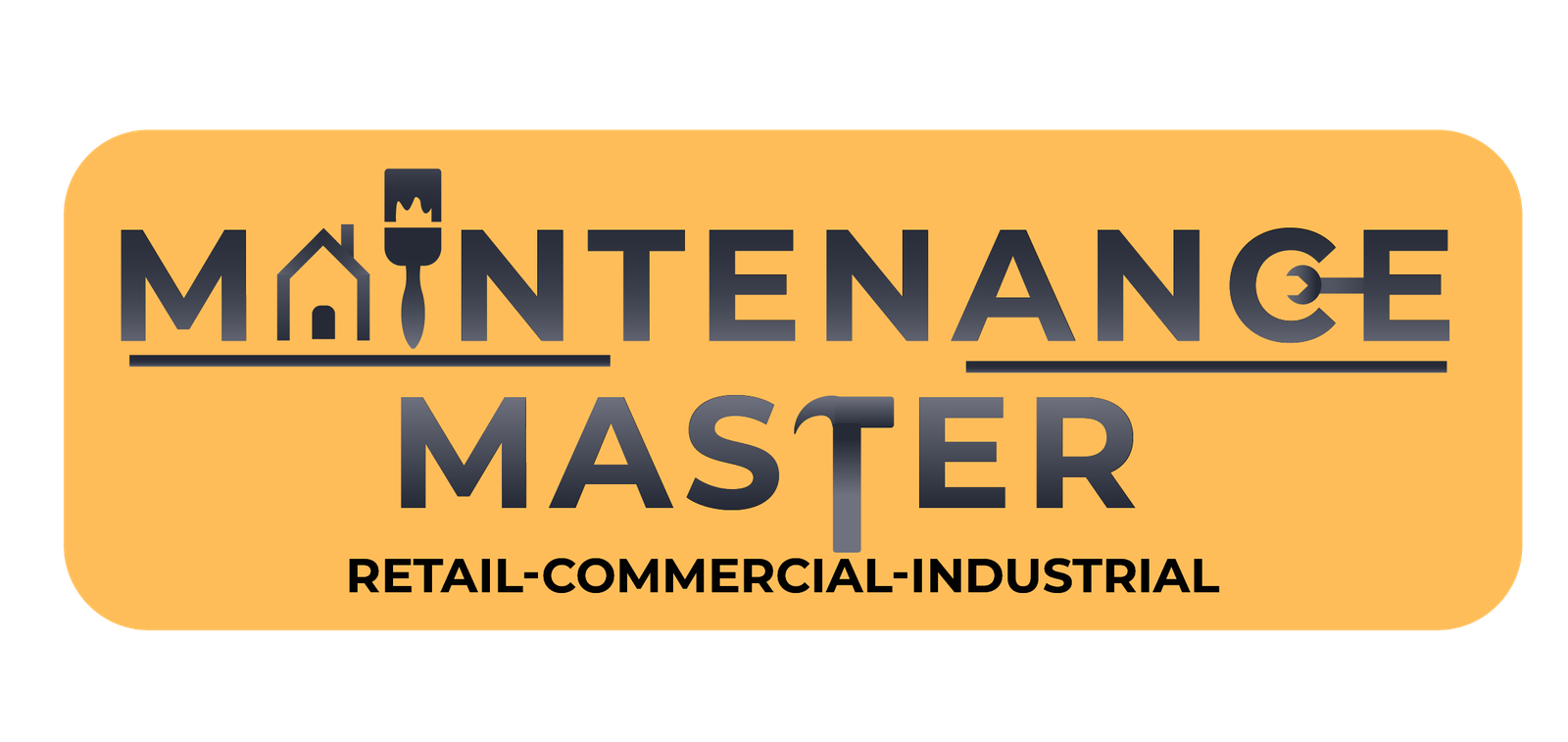A maintenance audit is a comprehensive assessment of an organization’s maintenance practices, procedures, and resources. It serves as a valuable tool for evaluating the effectiveness and efficiency of maintenance operations, with the ultimate goal of optimizing asset reliability, minimizing downtime, and ensuring a safe and productive working environment.

